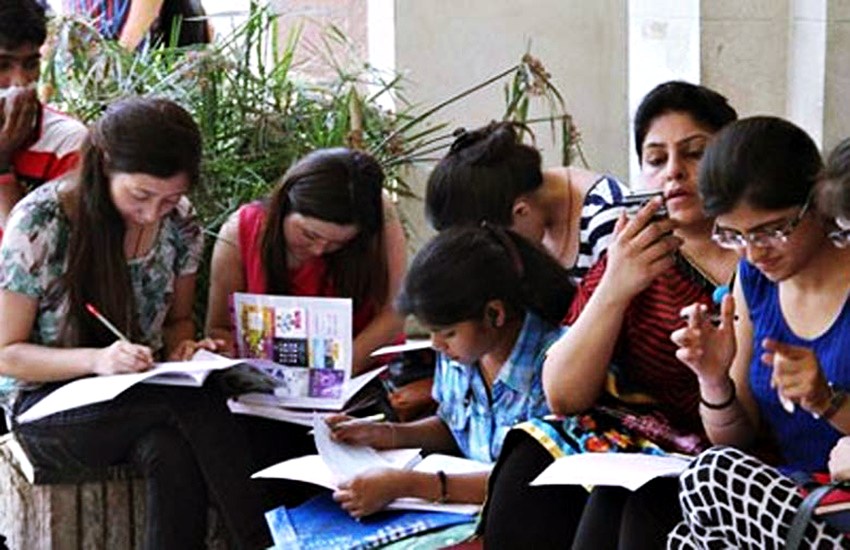“My dear, here we must run fast as we can, just to stay in place. And if you wish to go anywhere you must run twice as fast as that”, Lewis Carol in Alice in Wonderland as quoted by Economic Survey 2017-18 in terms of Indian education and development.
It is now certain that despite the wish, we are unable to run that fast particularly in the education or human resource development. Growing population, increased demand and increasing learning poverty gap as evident from Annual Survey of Education Reports, the Economic Survey (ES 17-18) states the basic learning benchmark is missed by sizeable section of the children despite higher enrolment and pupil teacher ratio (PTR).
Another aspect that the ES 17-18 stresses on is the basic and school education and not higher education. Despite the opening of many IITs, IIMs and central universities the allocation has remained low and general complaint of delivery has increased. It is well known that students have withdrawn from some of the newly set up IITs and many new central universities could not attract students as they lack in faculty, labs and other facilities. So it means we are posing as if we are running but actually stuck.
This is despite a positive approach by the NDA government since 2014. India in 2018 has 799 universities up from 670 in 2014 with 2.8 crore students. It looks good. But when it comes to allocation, interim budget for 2019-20 earmarked Rs 93,847.64 crore for the education sector. The allocation this year has seen an increase of 10 percent from last year. The centre during the Budget 2018 presentation had allocated Rs 85,010 crore for the sector. Out of the total allocation for 2019-20, Rs 37,461.01 crore has been assigned for higher education, while the rest of the amount, Rs 56,386.63 crore has been allocated for school education.
The centre has given some boost to the Indian Institutes of Technology (IITs) and National Institutes of Technology (NITs). Two independent ‘Schools of Planning and Architecture’ (SPA) and 18 in the IITs and NITs as autonomous schools are proposed to be set up. However, there has been a decline in the budget outlays for IITs, IIMs, IISER, UGC and AICTE. The IITs alone have suffered a cut from Rs 7703 crore in 2017-18 to Rs 6143 crore. In revised estimates these can be further reduced as it happened in 2018-19, when it was cut by Rs 457 crore.
The stress on higher education has reduced. During the last two decades, governments have been stressing on school education and leaving the higher education to fend for itself. Even the ES 17-18 does not speak of higher education. The ministry of HRD has issued innumerable circulars to the higher government and autonomous institutions and universities, including the newly set up central universities to raise 30 percent of their budgetary needs on their own. In most cases it has not happened. It has affected the quality of education. They have only increased tuition and other fees. In short, India’s education has become expensive and large number students are under high debt.
Another problem most higher education institutions face is the crowding of classrooms with more and more reservations. The pupil teacher ratio (PTR) that is around 30 to 40 according to ES 17-18 in schools is mostly not there in higher education. An average of 60 to 90 is the norm. Neither classrooms have been added nor faculty. Rather in most public institutions and universities, there has not been replacement for retiring faculty.
While the process of liberalization opened up doors for setting up private universities, it has further exacerbated the quality of education. While the government universities, IITs and other institutions suffer from faculty crunch, contract employment at about 20 percent of the stipulated salaries, it is worse in private universities. The private universities, colleges and institutions have a double whammy. Without any social funding they compromise on the quality of faculty, their wages – often as low around Rs 3,000 to 30,000 a month in the best of conditions.
The governments have forgotten that higher education has been the key to the development in 1960s to 1980s. The brain drain then has become brain gain. So today without social funding, education is gasping and institutions are at their wit’s end for raising funds to meet their basic expenses.
India has to run faster. It has to rethink about education and its funding. Else despite political drum beating, the nation would remain under-developed and learning poverty ought to increase.

